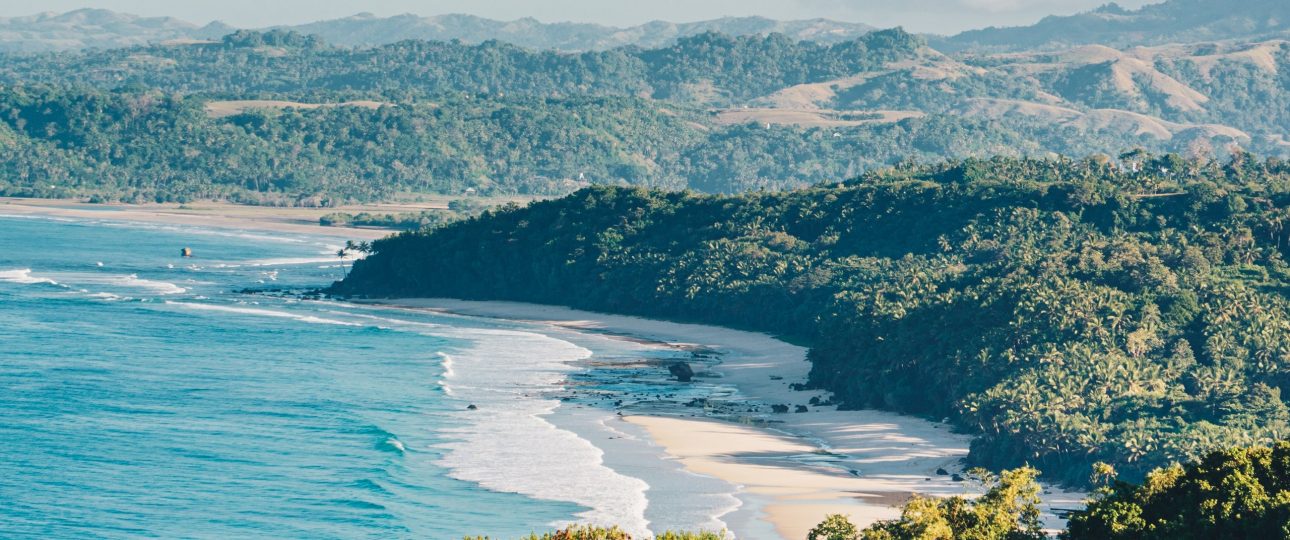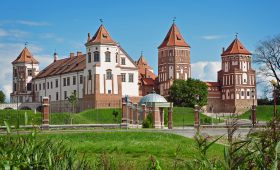Exploring Sumba Island: A Unique Indonesian Experience
Sumba Island, part of Indonesia’s vast archipelago, offers a distinctive travel experience. Known for its rugged landscapes and rich cultural heritage, Sumba is a destination for those seeking adventure and authenticity. With a population of around 700,000 spread over 11,000 square kilometers, the island remains sparsely populated, providing a sense of seclusion and tranquility.
Natural Beauty and Cultural Richness
Sumba’s landscape is reminiscent of Texas hill country, but with more dramatic hills and fewer people. The island’s natural beauty is complemented by its cultural depth. The indigenous tribes of Sumba maintain traditions that are centuries old, offering travelers a glimpse into a way of life that has largely remained unchanged.
The Marapu Religion and Cultural Practices
Sumba is home to the Marapu religion, practiced by about 30% of the population. This animist belief system emphasizes balance in life and is symbolized by the Great Mother and Great Father, represented by the moon and sun. Visitors can witness the island’s megalithic culture through impressive stone burial monuments and traditional ceremonies, which are integral to the Marapu faith.
Christianity is also prevalent on the island, and many Sumbanese blend their Christian faith with Marapu practices. This unique cultural fusion is evident in local rituals and ceremonies, which are of great interest to visitors.
Sumba’s Festivals and Traditions
The Pasola Festival is a highlight for those visiting Sumba. Held annually in western Sumba, this event features horseback battles that are both thrilling and culturally significant. The festival usually takes place in February or March, and attending it provides insight into the island’s vibrant traditions.
Beaches and Natural Attractions
Sumba’s beaches are among its most stunning features. Nihiwatu Beach, known for its luxury resort, offers pristine sands and clear waters. Weekuri Lagoon, with its dramatic cliffs, provides a unique coastal experience. While tourism infrastructure is limited, the island’s natural beauty makes the journey worthwhile.
Travel Logistics: When and How to Visit
The best time to visit Sumba is during the dry season, from May to September, when the weather is pleasant and the seas are calm. Reaching the island is possible via Tambolaka Airport, with flights from major Indonesian cities, or by ferry to Waingapu. The PELNI passenger ship Awu is a reliable option for sea travel.
Getting Around Sumba
Transportation on Sumba can be challenging due to limited options. Renting a motorbike or car with a driver is recommended for exploring the island. Public buses and shared cars, known as “travel,” are available but less convenient. Ride-hailing apps have not yet reached Sumba, so planning ahead is essential.
Accommodation Options
Sumba offers a range of accommodations, from luxurious resorts like Nihi Watu to more modest homestays. While the island’s tourism infrastructure is still developing, visitors can find options to suit various budgets and preferences. Staying at an eco-lodge can provide an immersive experience in Sumba’s natural environment.
Sumba Island is not for the faint-hearted traveler. Its rugged terrain and limited amenities require a spirit of adventure. However, those who make the effort are rewarded with a unique cultural experience and breathtaking natural beauty.




